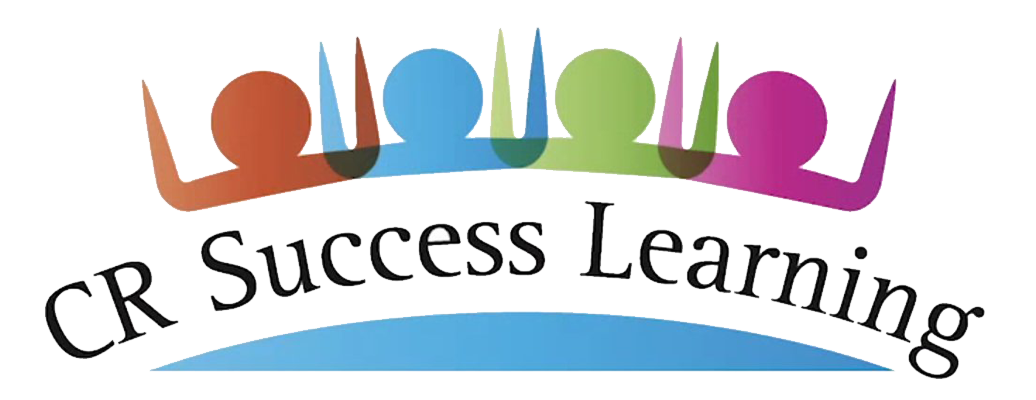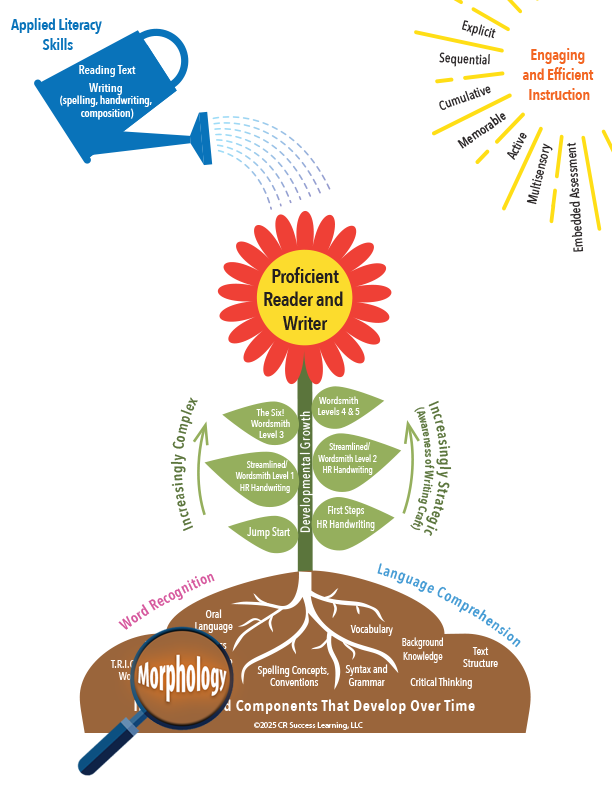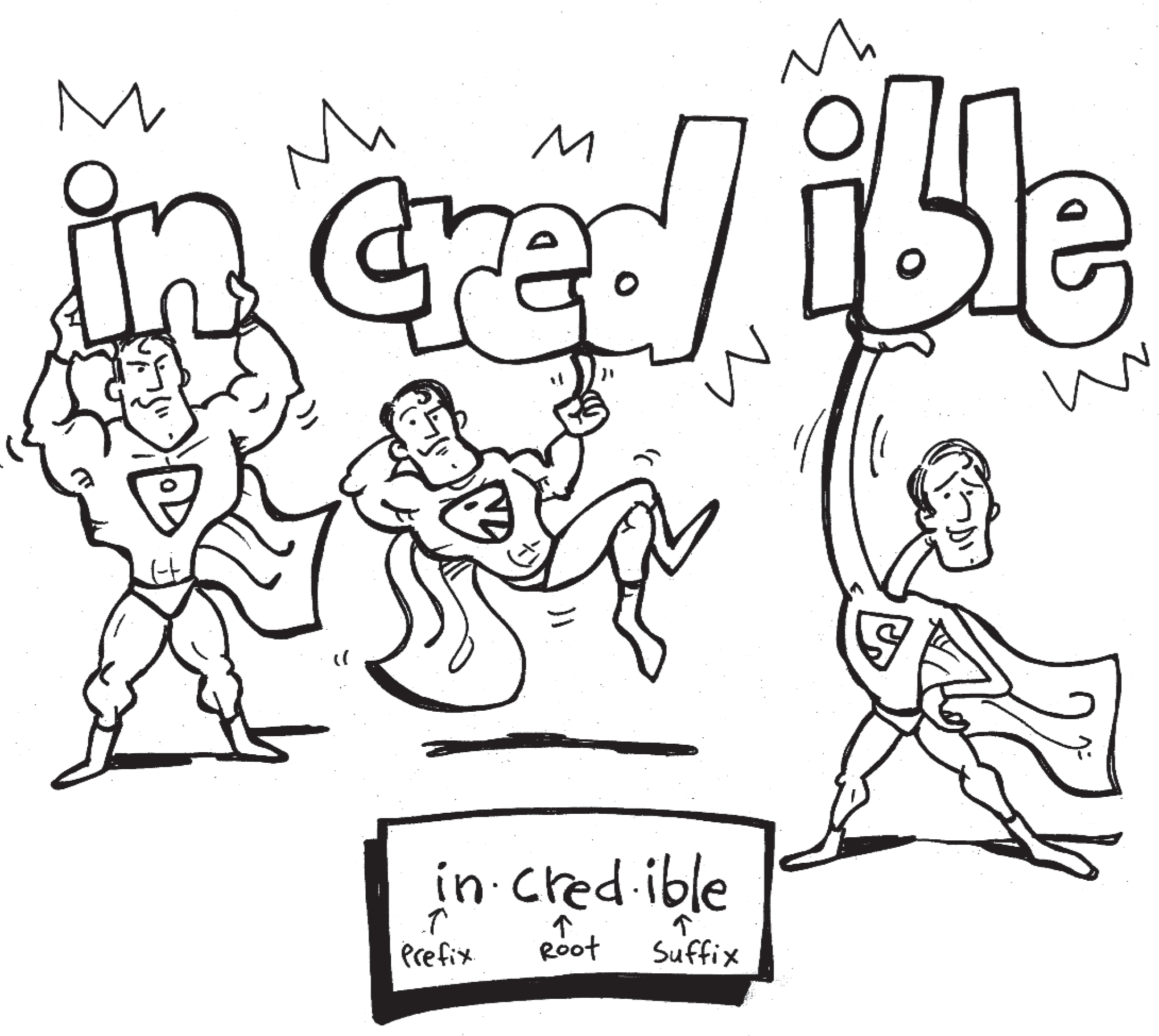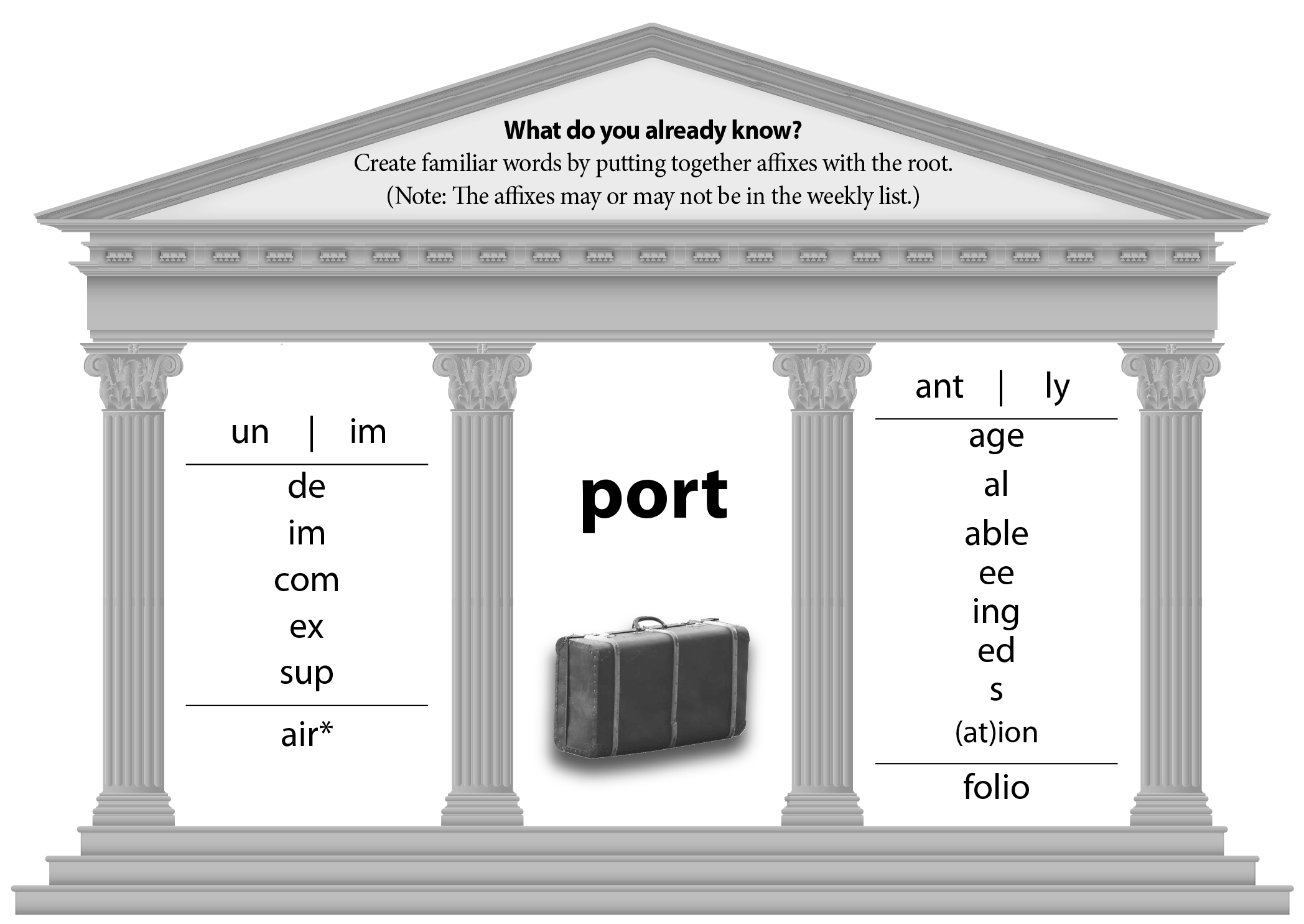🔎 Morphology Part 1: The Science of Reading
Before we get started, here’s how In Focus works:
Part 1 starts with the Research. We lay out what the Science of Reading tells us, and how CRSL puts it into action, guided by the Flower Model (shown below). Part 2 moves into the Real world: what it looks like when the topic is taught well and what’s lost when it’s not. Then we get practical, with free Resources and downloadable PDFs in Part 3, and Part 4 helps you Respond with steps you can take today to move forward with confidence!
Let’s begin!
In Focus 🔎 The Study of Morphology:
Prefixes / Roots / Suffixes
What is Morphology and Why Does It Matter?
Definition and Major Finding
Morphological Awareness is the process of using morphemes, affixes (prefixes and suffixes), base words, and word roots to infer the meanings of words. (View our Glossary for more definitions.)
“Recent research supports what many teachers already know — that students with developed understanding of how words are combinations of meaningful word parts — tend to have better vocabularies and stronger reading comprehension performance.” (Kieffer & Lesaux, 2007)
Let’s break down the science behind effective reading instruction.
Why is knowledge of prefixes, roots, and suffixes important?
💬 The Science Says:
“Successful reading at the intermediate grades requires children to have strategies for decoding multisyllabic words.” (Cunningham, 2011)
🟨 Our Approach:
CRSL teaches students systematic strategies (Vowel Tag, Changing, Dividing) to decode multisyllabic words. Students’ understanding of the Latin structure of prefix + root/base + suffix assists them in reading and understanding multisyllabic words. This knowledge helps them read, spell and understand complex words.
Why does morphology matter in reading instruction?
💬 The Science Says:
“Morphology is critical to literacy development… There is longstanding evidence of robust associations between morphology and literacy skills, such as word reading, spelling, and reading comprehension in English-speaking children.” (Levesque et al., 2021)
🟨 Our Approach:
CRSL was a pioneer in incorporating morphological awareness (MA) instruction in its programs. MA is an important component of First Steps, Streamlined Levels 1 and 2, The Six!, and Wordsmith Levels 1-5. Wordsmith Levels 4 and 5 concentrate on morphology.
When should we introduce morphology?
💬 The Science Says:
“Morphological structure and regularities support the transition from novice to expert reading (Castles et al., 2018) but we think that its role has much earlier emerging origins in children’s reading development.” (Levesque et al., 2021)
🟨 Our Approach:
CRSL begins morphological instruction early. In the Kindergarten First Steps Program, students are introduced to inflectional suffixes (-s, -es, -ing, -ed).
Streamlined Level One reviews theses suffixes and adds prefixes (pre-, re-, dis-, un-) and three more suffixes (-er, -est, -y). Streamlined Level Two reviews these affixes and adds prefixes (non-, in-, sub-, mis-) and suffixes (-sure, -ture, -ment, -ness, -ly, -ful, -tion, -sion.)
The Six! organizes the affixes by syllable types and reviews or introduces 38 affixes.
What should morphology instruction include?
💬 The Science Says:
“Carlisle (2010) found that MA instruction in research interventions typically addressed one or more of four different objectives: (1) awareness of the morphological structure of words; (2) meanings of specific affixes and roots; (3) analysis of how a word’s morphemes contribute to its meaning, grammatical function, or spelling; and (4) strategies for using MA to infer word meanings.” (Manyak et al., 2018)
🟨 Our Approach:
CRSL addresses all four objectives, with an emphasis on the meaning of the morphemes and also on its grammatical function and spelling conventions. In simpler terms, those objectives are:
Recognize the structure of words (prefixes, roots, suffixes)
Understand the meanings of common affixes and roots
Analyze how morphemes affect meaning, grammar, and spelling
Use morphology to infer the meaning of unfamiliar words
When should we start teaching prefixes and suffixes?
💬 The Science Says:
“The frequency of affixed words in reading materials increases greatly in third grade (White, Power, & White, 1989), we chose grade 3 as a starting point for focused affix instruction.”
🟨 Our Approach:
The Six!, our newest program, is developed specifically to focus on teaching affixes within the instruction of the six syllable types, and is designed for 3rd graders reading at grade level, and 4th - 5th graders who are reading below grade level.
What are some tools to support reading instruction?
💬 The Science Says:
". . . the morphological matrix that organizes words around a common base may provide an important new tool for literacy instruction.” (Ng et al., 2022)
🟨 Our Approach:
In Wordsmith Levels 4 and 5, CRSL provides word matrixes using a base/root word and prefixes, suffixes, and sometimes connecting vowels to generate new words.
Summary Thoughts: At CRSL, we’ve seen firsthand how understanding the Science of Reading can transform the way students learn. It’s not just about phonics. Morphology plays a huge role in helping kids make sense of words. When students understand how bases, prefixes, and suffixes work together, their vocabulary, spelling, and comprehension grow in ways that rote memorization just can’t match. But too often, morphology gets overlooked in early literacy instruction. That’s why we make it a priority, weaving it into our programs so students don’t just read words, they understand them.
Next Up: How does the Science of Reading play out in real classrooms? In Conversations with Cheryl, our resident expert and company president, talks with teachers, offering insights and suggestions for bringing research-based literacy practices to life.
This post is a part of our In Focus series, timely writings for educators, addressing concerns and solutions for today’s changing educational climate.




